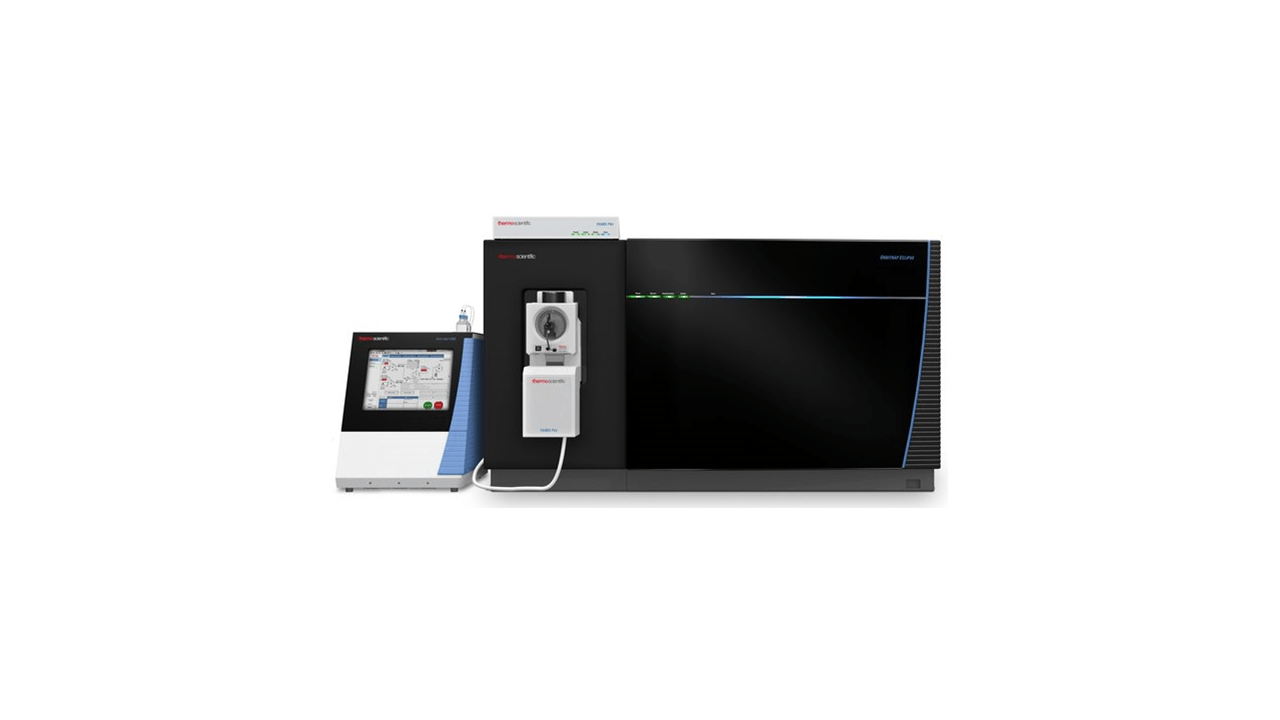The Thermo Fischer Eclipse Orbitrap improves upon the earlier model to create a mass spectrometer with even stable, high mass accuracy resolution at even faster scan rates (40Hz). The newer version uses ion-funnel optics to better focus the ions through 2 separate traps, high pressure for better collision and low pressure for quicker ion detection. The Orbitrap Eclipse is also equipped with a High Collision Dissociation cell and an Electron Transfer Dissociation cell. These two different collision cells provide an alternate means of fragmentation from the standard front-end ion trap. HCD is often utilized to experimentally detect and analyze low mass ions such as the reporter ions used in TMT/ITRAQ experiments in high-resolution or to discover other peptide modifications. ETD fragmentation uses the fluoranthene anion to react chemically to the peptide backbone to create fragments with intact modification and side chains.
Privacy Overview
This website uses cookies so that we can provide you with the best user experience possible. Cookie information is stored in your browser and performs functions such as recognising you when you return to our website and helping our team to understand which sections of the website you find most interesting and useful.



